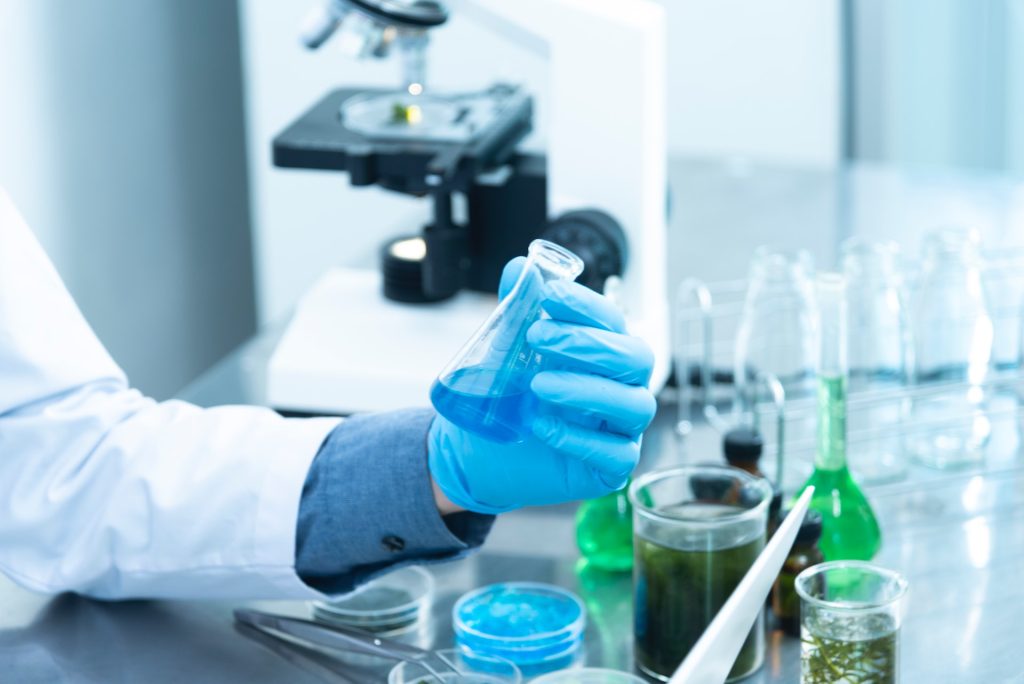
In extreme cold, liquid nitrogen (LN2) stands as a formidable player. With a boiling point of -196 degrees Celsius (-321 degrees Fahrenheit), this cryogenic liquid offers a multitude of applications across various industries, from scientific research to food preservation. However, its handling requires precision, innovation, and a deep understanding of its properties. This article will delve into liquid nitrogen, exploring the latest innovations and insights contributing to its safe and efficient handling.
Safety First: Handling Cryogenic Nitrogen Properly
The extreme cold of cryogenic nitrogen demands careful handling to prevent accidents and ensure the safety of both people and equipment. Direct contact with skin can cause severe frostbite due to rapid cooling and potential tissue damage. Therefore, protective gear, including insulated gloves and face shields, should be standard when working with LN2. Ventilation is also critical, as the evaporation of LN2 produces nitrogen gas, which can displace oxygen and lead to asphyxiation if not properly managed.
Innovations in Storage and Transportation
Efficient storage and transportation are paramount in ensuring the availability and accessibility of nitrogen in a liquid state. Traditional storage Dewars resemble large thermos flasks and have been the go-to solution for decades. However, innovative designs offer enhanced thermal insulation, extended holding times, and improved safety features. These advancements allow for the safe storage and transportation of LN2 over longer distances and durations, benefiting industries that rely on a continuous supply of cryogenic liquids.
Dispensing Techniques and Precision
Dispensing cryogenic nitrogen accurately is crucial across numerous applications, from laboratory experiments to medical procedures. Innovations in dispensing systems have led to more precise and controlled delivery of LN2. Automated systems equipped with sensors and regulators ensure that the desired amount of nitrogen in a liquid state is dispensed, reducing wastage and enhancing safety. This precision is particularly vital in medical applications, where even slight variations can impact the success of procedures like cryotherapy and dermatological treatments.
Cryogenic Engineering and Achieving Ultra-Low Temperatures
In certain industries, achieving temperatures even lower than those attainable with standard cryogenic nitrogen becomes essential. Cryogenic engineers have developed innovative solutions to push the boundaries of cold. Helium-3 refrigerators, for instance, use the isotope helium-3 to achieve temperatures within a few thousandths of a degree above absolute zero. These technologies apply to cutting-edge research fields such as quantum computing and condensed matter physics.
Cryogenic Nitrogen in Gastronomy: A Culinary Frontier
Beyond its industrial and scientific applications, cryogenic nitrogen has made its mark in gastronomy. Chefs worldwide have harnessed its rapid freezing capabilities to create visually stunning and texturally unique dishes. From instantly frozen ice creams to elaborately chilled cocktails, LN2 adds an element of spectacle to dining experiences. However, its use in the culinary world requires adherence to strict safety protocols to prevent accidental ingestion of nitrogen in a liquid state or exposure to nitrogen gas.
Environmental Considerations and Sustainability
While cryogenic nitrogen offers numerous benefits, its production and usage have environmental implications. Nitrogen gas, a byproduct of LN2 evaporation, contributes to greenhouse gas emissions if released into the atmosphere. Industries and researchers are thus exploring ways to capture and reuse this gas, mitigating its environmental impact. Additionally, the energy-intensive process of liquefying nitrogen raises questions about the overall sustainability of its production. Innovations that reduce energy consumption and increase efficiency are crucial for minimising the ecological footprint of liquid nitrogen.
In conclusion, the world of liquid nitrogen is a realm of extremes, where the pursuit of innovation and safety coexists with the wonders of science, industry, and gastronomy. From cryopreservation to culinary artistry, its applications continue to expand, driven by insights from scientific research and real-world experiences. As technology advances and our understanding deepens, mastering the freeze becomes a matter of skill and a testament to human ingenuity and adaptability. Safely harnessing the potential of nitrogen in a liquid state ensures that its benefits will continue to shape a myriad of fields for generations to come.

